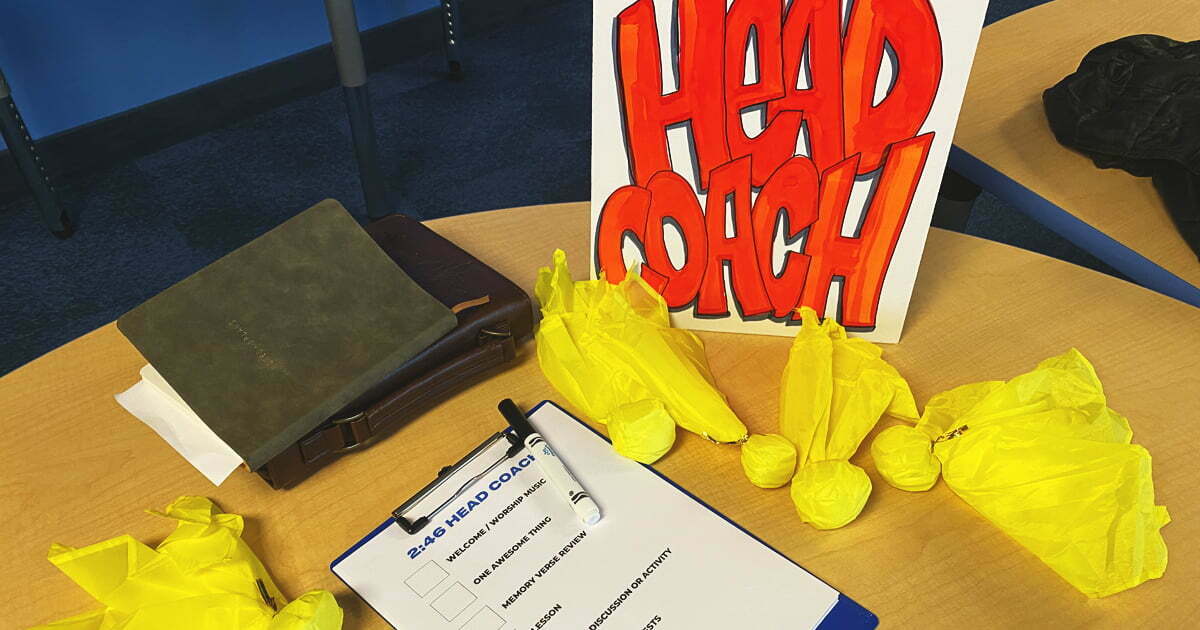
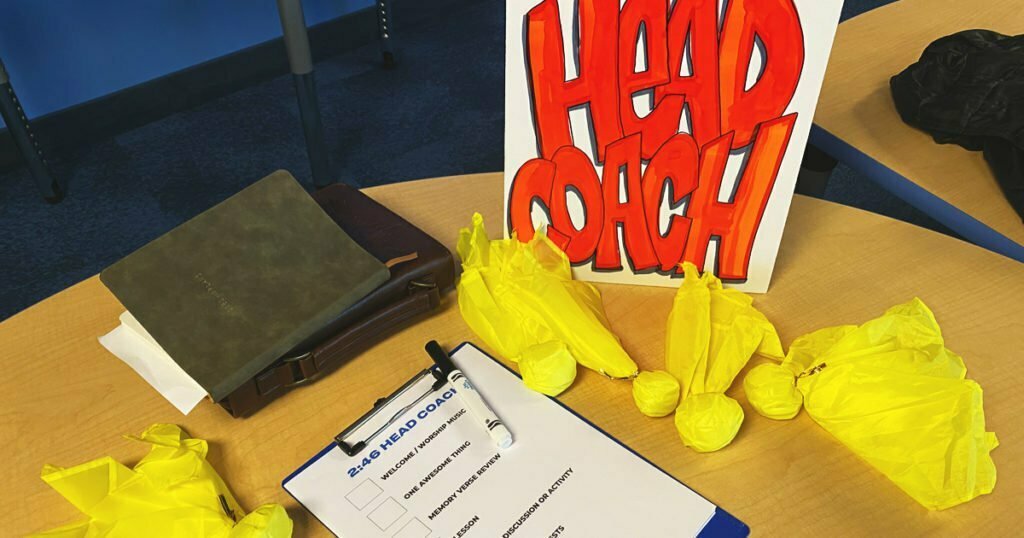
I stumbled across a graphic the other day on Facebook while looking at the OT Toolbox Facebook page that made me stop scrolling. The graphic centered around the idea of being more solution focused instead of problem-focused.
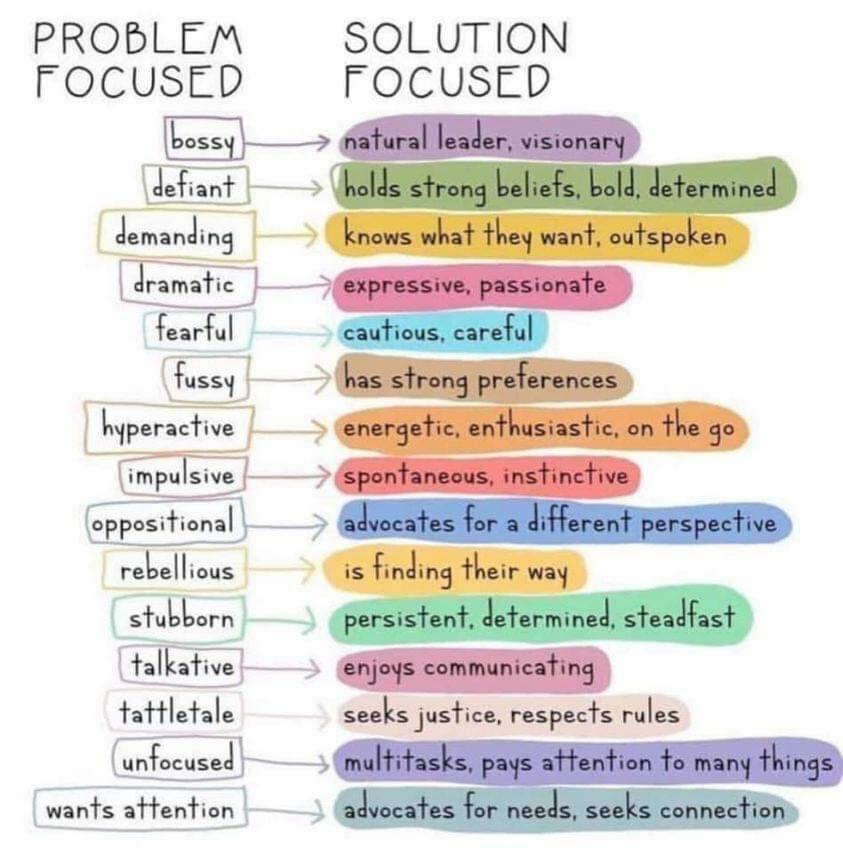
This graphic spoke to me as these are all concepts that I have worked on during my time leading the teen disability ministry class at our church along with Rise Fitness classes. Prior to my experience working with those affected by disability, I have to be transparent here and admit that I would quickly label someone as having too much energy, being too loud, or not able to stay focused on anything. Not that I have everything figured out now, but one thing I have learned is that behavior is communication, and that has made me change how I am “listening”.
Recently, in the teen class I teach at church, we had a young man, who by all accounts, has more energy than anyone else in the room. It would be too easy to label him as hyperactive or unable to pay attention to anything longer than 5 minutes. In fact, I was curious as to how often he is told to “just calm down”. I sat him down one morning and told him that he wasn’t in any trouble at all, but I wanted to ask him a few questions. I asked him how many times a day an adult tells him to “calm down”. He paused and said, “About 50 times”. Whether or not that is an accurate number, I will never know. Yet, his answer communicated to me that he hears that phrase more than his fair share. Then I asked him, “How does it make you feel when someone tells you to calm down?” He replied, “It never makes me want to be calm.”
This young man is one of the brightest in the class. Whenever I have been able to truly engage with him, he shines. I think he is brilliant and I love his beaming personality. At times, all of these positives can be overshadowed by what most might assume is just being “too hyper”.
In the past, I would certainly have been problem-focused and labeled him as hyperactive, thinking more along the lines of telling him to calm down. Not only does that not work, but it doesn’t make him feel good. And it most certainly does not take advantage of his abilities.
What did I do? With all that energy, I thought he should be in charge. So that is what I did. I made up a “head coach” schedule and handed that to him with a clipboard. At first, there was some apprehension and self-doubt. I assured him that all he had to do was keep me in line, check the boxes once a task was complete, and let me know what the next task was. Adding in some visuals, such as icons or photos, can help others learn and follow along as well.
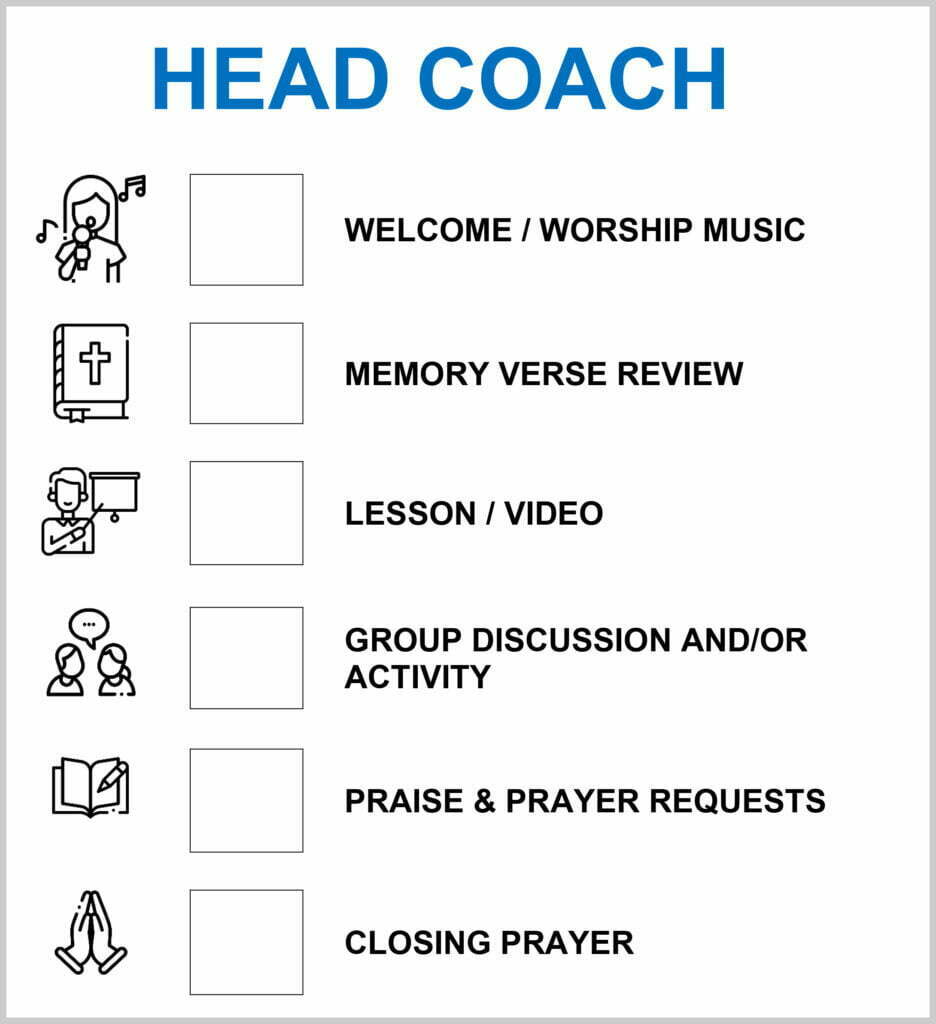
He did a fantastic job! Whenever I felt that his attention might be drifting a bit, I would ask him how I was doing and if I was staying on track. He would instantly reference the clipboard and remind me of what I should be doing. Best of all, others in the class became interested in being the head coach one Sunday!
Thinking about the graphic I mentioned earlier, here is how I now think through a few of the scenarios:
When we can engage everyone in class while at the same time giving them a greater opportunity to serve in more of a leadership capacity, that is a big win.
To make the “head coach” position even more interesting for our class, I brought in a few more props. If anyone is even remotely familiar with football, then you know when someone does something that they shouldn’t, then the yellow penalty flags go flying. I found a pack of six (These would also be relatively easy to make at home) on Amazon.

I realize the head coach is not the one who throws the flags, the referee does, but we are going to make an exception for that and give the head coaches in our class total power! I also wanted to make sure everyone knows who the head coach is, so I created a small placard that will sit next to them along with the clipboard and schedule.
On the day that I introduced this concept, the volunteer who stepped up to be the head coach really enjoyed the new responsibilities. We were talking about anger and he threw a yellow penalty flag and spoke about how it was not good to use bad language. In fact, he threw all six penalty flags as he was so against using bad language. The visual was very powerful as it gave him a platform and opportunity to lead and the movement caused others in the class to stop and pay attention.
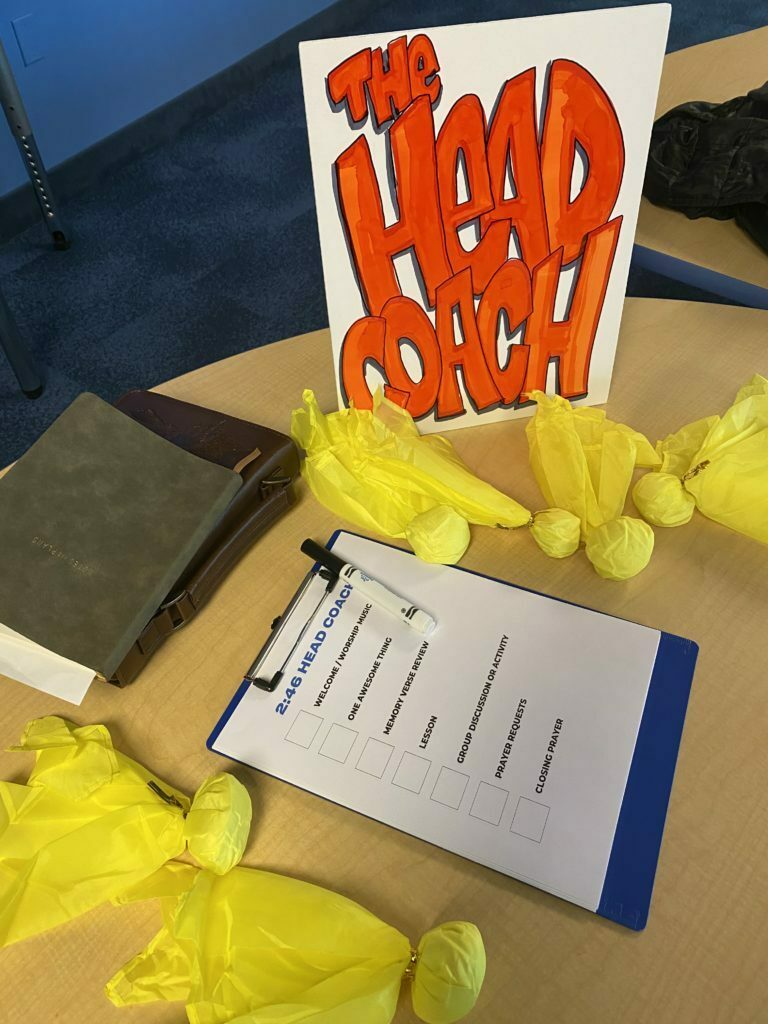
If you like this idea, here is my suggestion for you. First, download the sample “head coach” document below and modify it to fit your schedule and class. The link below includes a PDF as well as a Word document in case you would like to make changes to it based on your class schedule.

Now, think through those in your class and how you can utilize their skillset to empower them. If you have a lot of volunteers who are interested in being head coach, place all of their names in a hat and let the current head coach draw a name as to who will be head coach next week.
When you look at your class schedule, there are always so many moving parts that anyone can step up and help with. The “head coach” concept can apply to just about every aspect of your class!
Related Resources:


